A superb 18th century diced Russia leather binding by Roger Payne; ‘Curtius Rufus’ 1716
£2,000.00
PAYNE, Roger (binder); CURTIUS RUFUS, Quiintus. Quinti Curtii Rufi De rebus gestis Alexandri Magni libri. London: Jacobi Tonson & Johannis Watts, 1716
8vo; p.[18],272,[8] ; A superb example of 18th century diced Russia by Roger Payne, double gilt ruled, small tooled floral ornaments to each corner, in central panel a delicate frame-like gilt tooling with naturalist ornaments and dotting, excellently preserved with only small imperfections at the centre of panel, expertly rebacked with original spine overlaid, raised bands and six compartments, each gilt decorative border, three of which with gilt lettering, some wear and light cracking, those without lettering with charming flower ornaments, headband with green silk, edges of covers with remains of gilt, somewhat worn; in a protective clamshell case; inner covers double gilt ruled with tiny detail tooling at each corner, the typical purple pastedowns, exlibris label to front pastedown, of ‘W.G. [William Gifford] Cookesley, Eton, 1842’. Titlepage in red and black, engraved frontispiece by Louis Du Guernier facing title page; clean and crisp leaves.
Roger Payne (1739-1797) was the foremost English bookbinder of the 18th century, designer of a completely new English style. Payne was born in 1739 at Windsor and became an assistant at an early age to the bookseller and publisher Joseph Pote, in Eton. He then moved on to an apprenticeship with the bookseller Thomas Osborn in Holborn, until he began learning with the most affluent bookseller in London, Thomas Payne. It was in 1768 that he ventured independently, running his business for twenty years in Leicester Square. An outstanding craftsman, his style of finishing displayed not only a high level of skill and taste. He frequently used elaborately designed doublures, made his endpapers with leather joints, cut his own brass stamps and other finishing tools, building up beautiful designs with a assortment of small ornaments. The gilt corner piece decorations of the present covers were produced through an entirely new method invented by Payne, using rectangular stamps, which was adopted by many of his successors. “Payne was in no sense a literary man, but he was born artist and designer; he worked as guided by the light of nature, […] has left very little material behind him to represent his genius. He did most of his work himself and never had a large establishment.” But this did not diminish the quality of the output from his workshop, in fact, it enabled the precision and attention to detail to be focused on a small number of bindings, elevating their sumptuousness and rarity.
The book here magnificently bound, De rebus gestis, is the biography of Alexander the Great and history of his campaigns in Asia as per the account of the generally unknown Roman historian Quintus Curtius Rufus. This particular volume was edited by Michael Maittaire (1668-1747), a French expat, classical scholar, and tutor to Lord Philip Stanhope.
Provenance:
Exlibris from 1842 of William Gifford Cookesley (1802–1880), a priest and classical scholar, assistant master at Eton between 1829 and 1854.
With Maggs’ original invoice dated 11, August, 1988 for £430.30
ESTC T144572; Stephen Gertz, A Royal (Roger Payne) in the Binding, 2011; Cyril Davenport, Roger Payne, An English bookbinder of the eighteenth century, 1929.
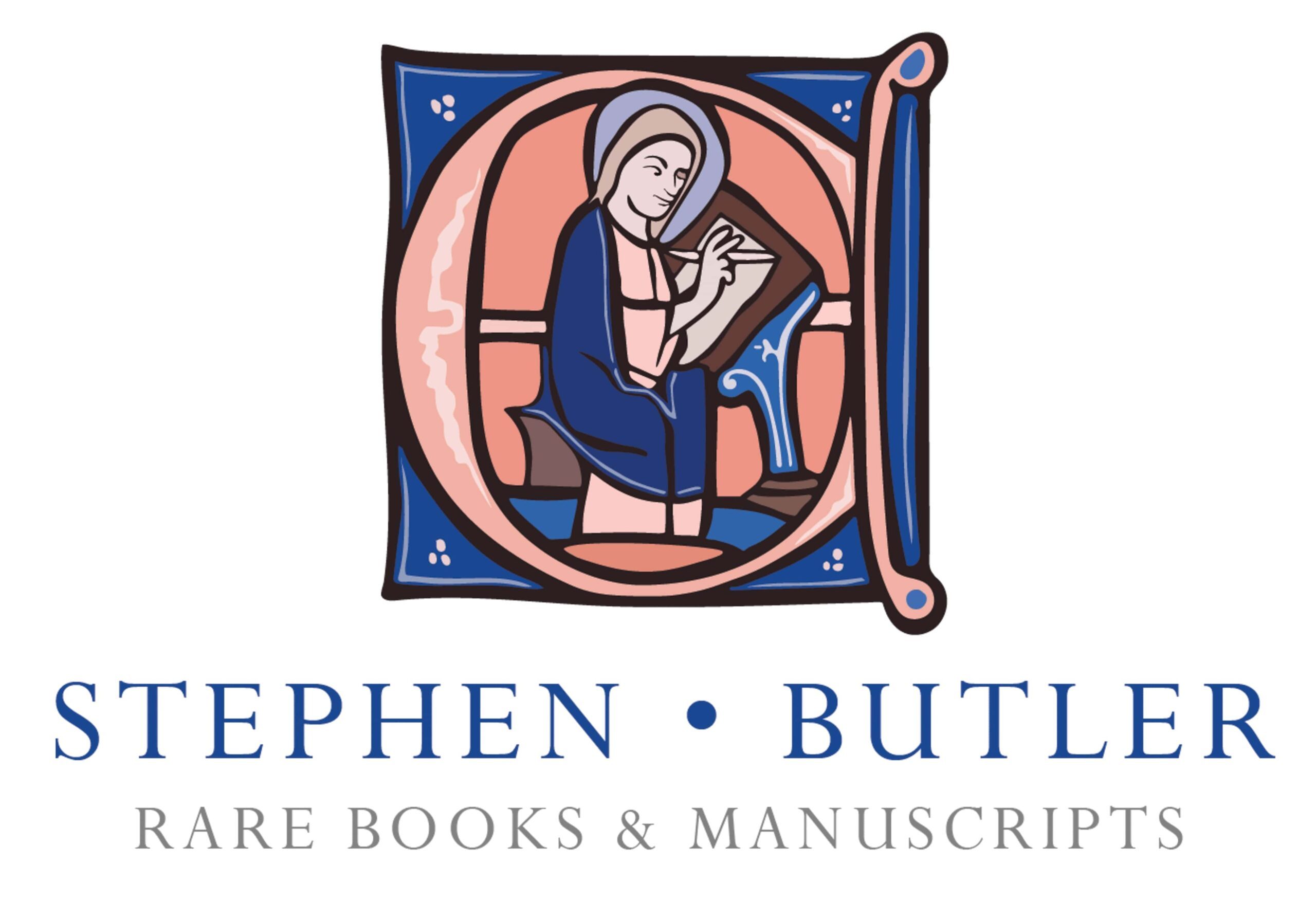
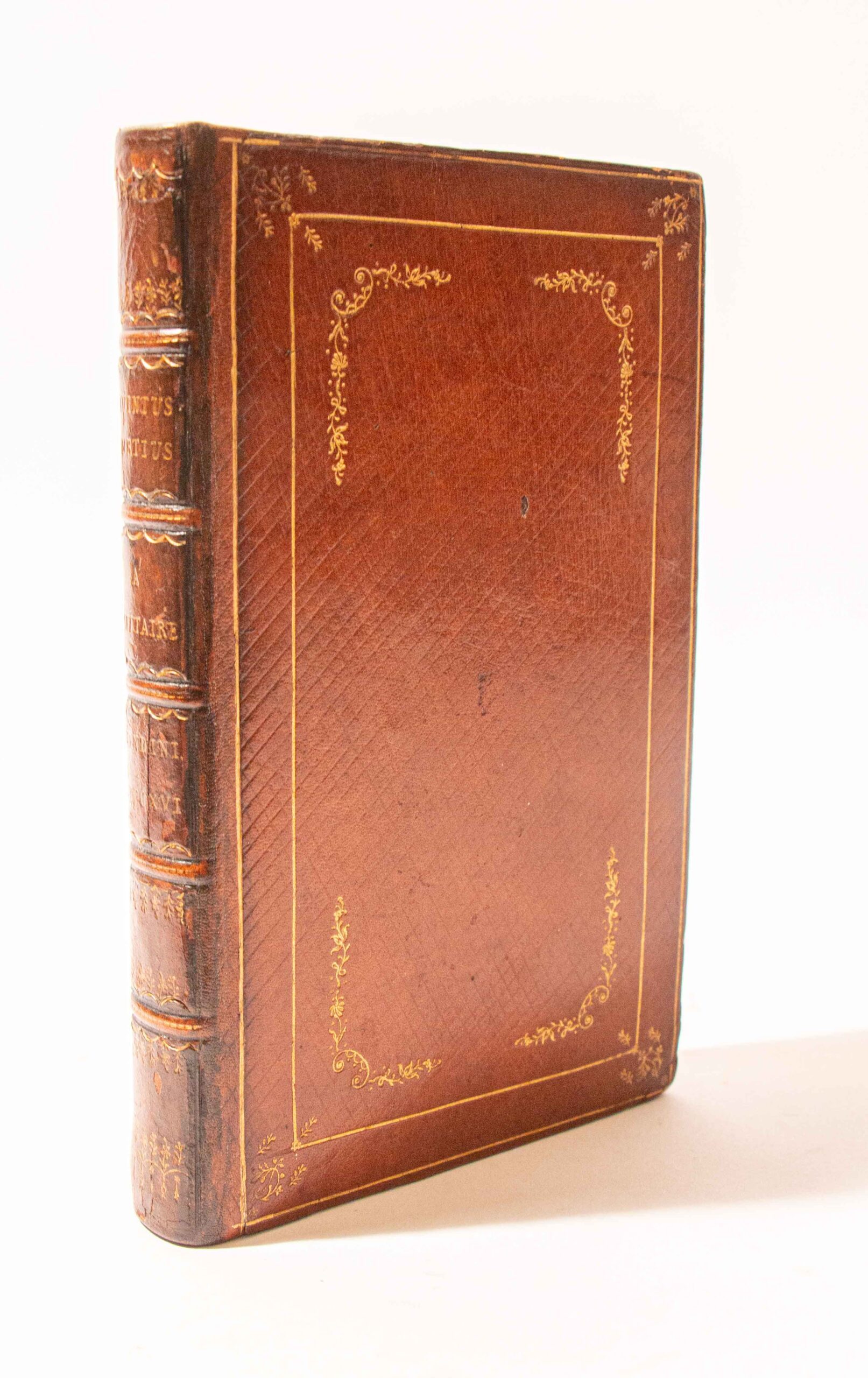
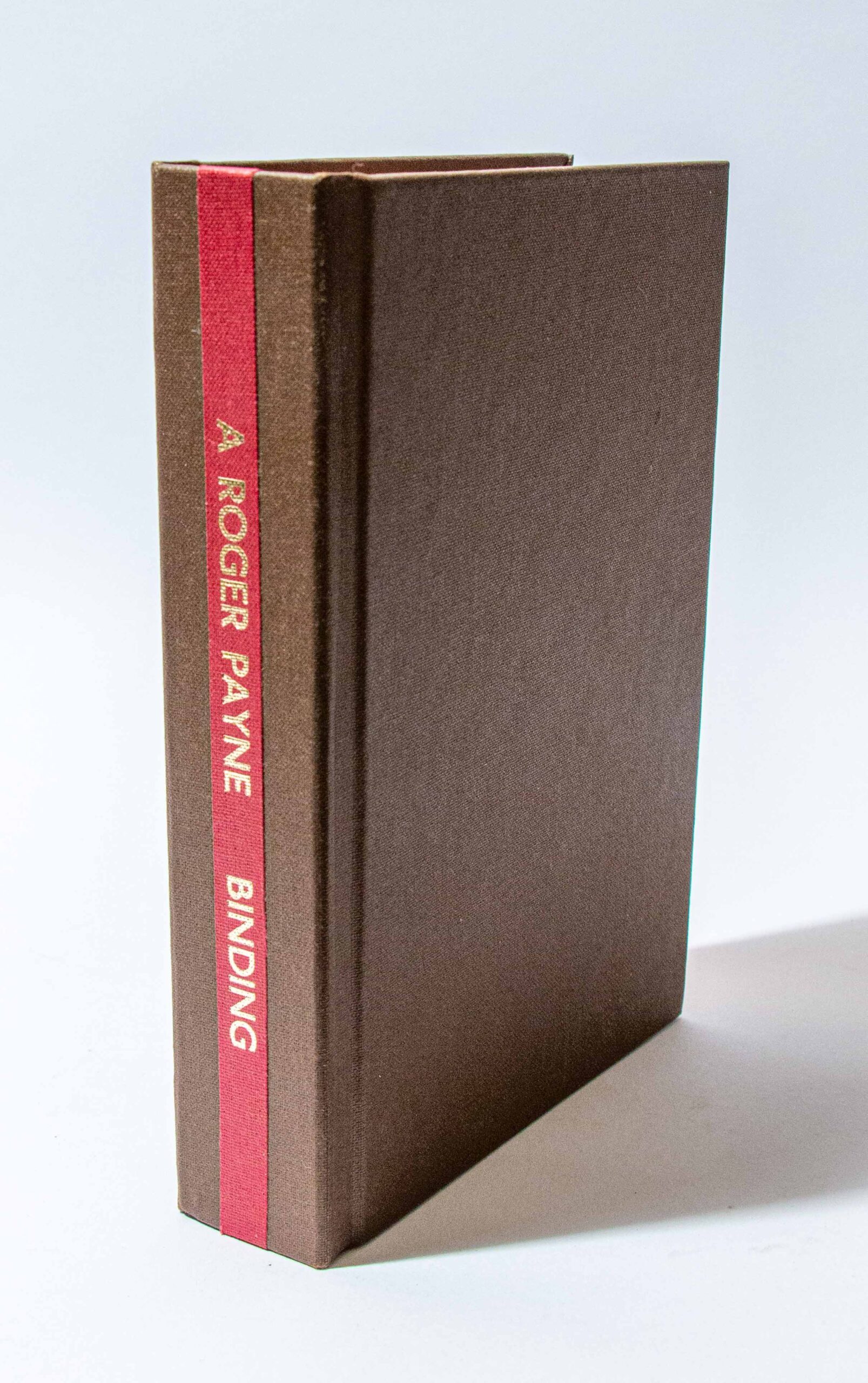
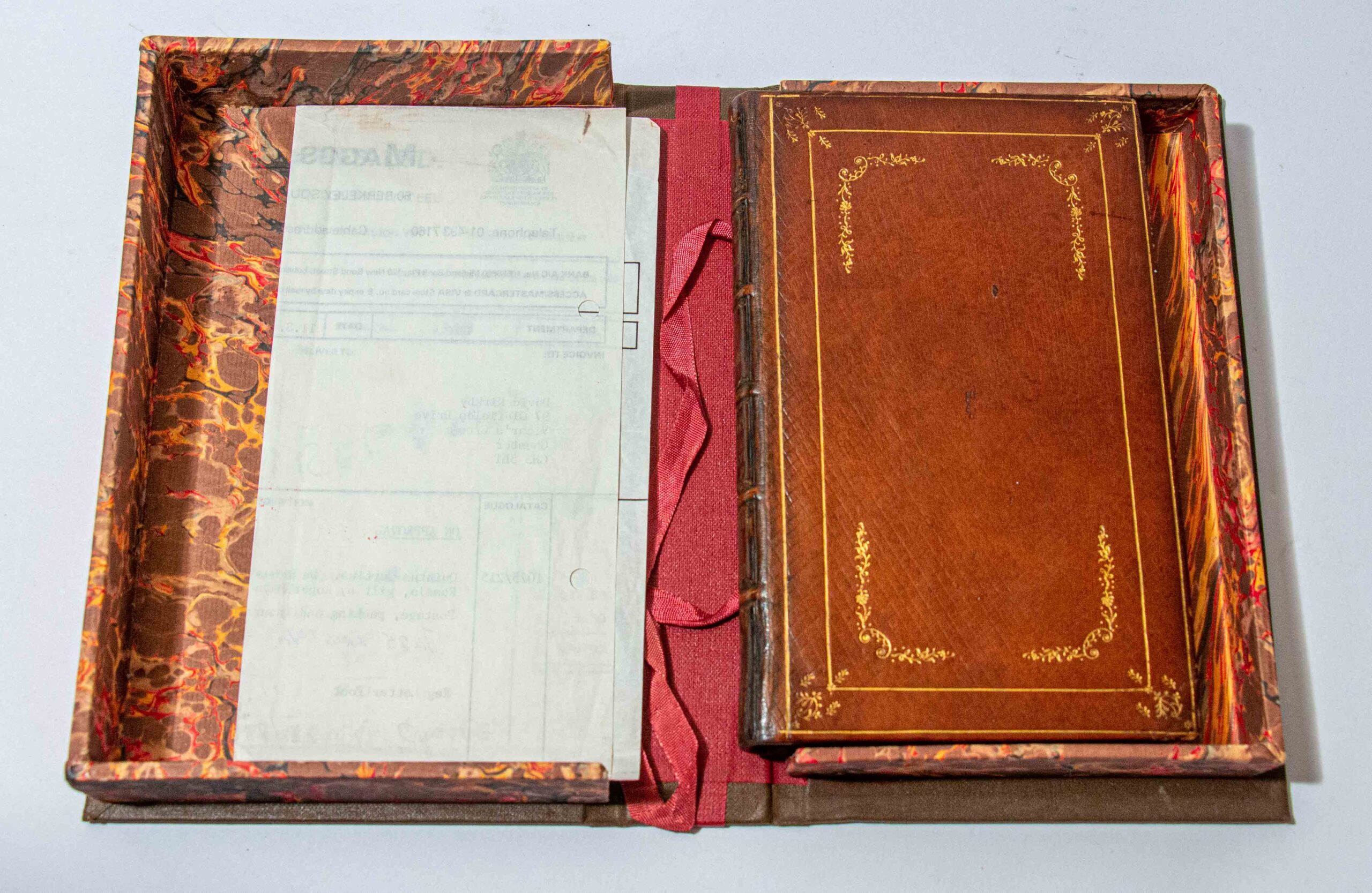
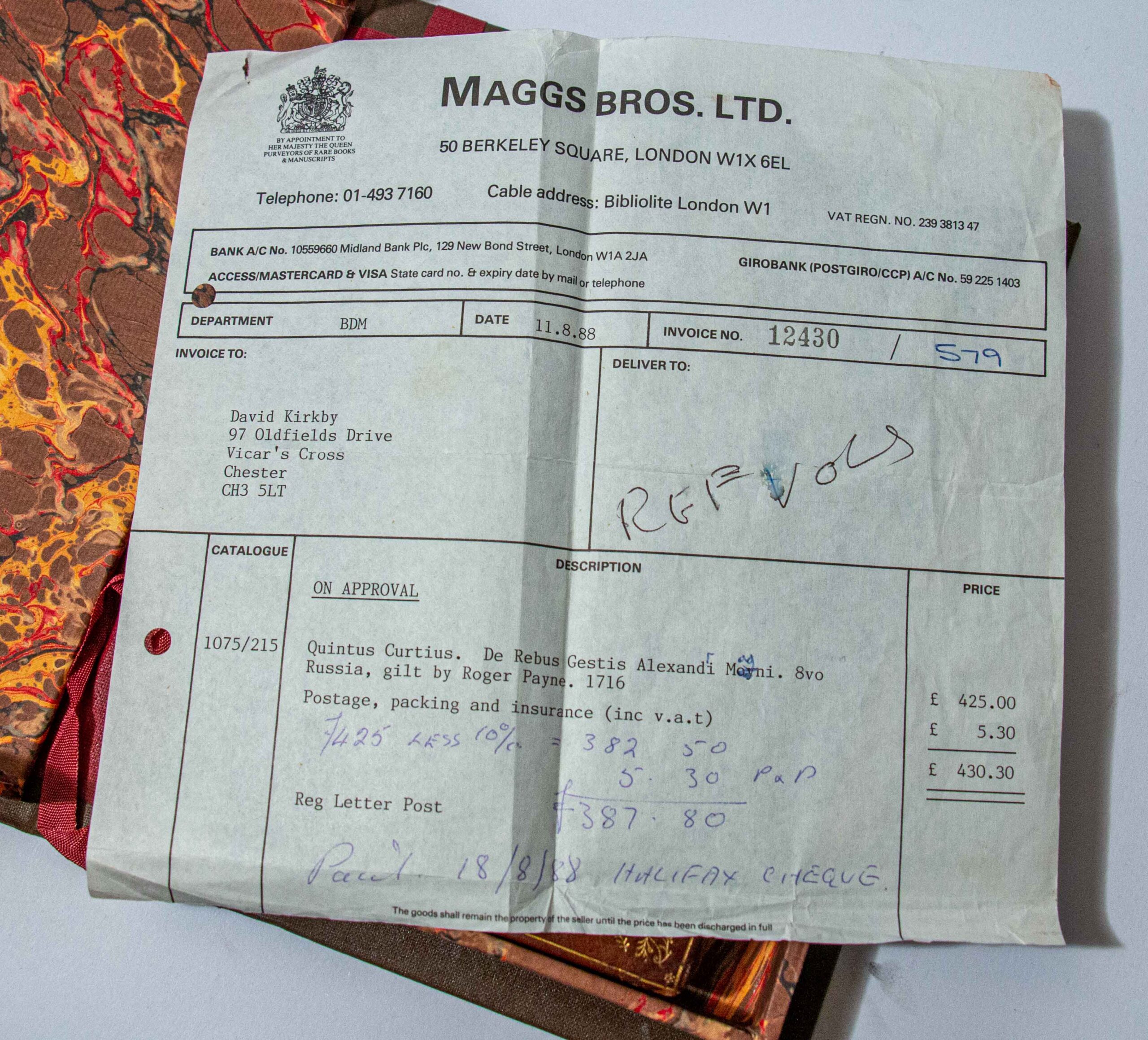
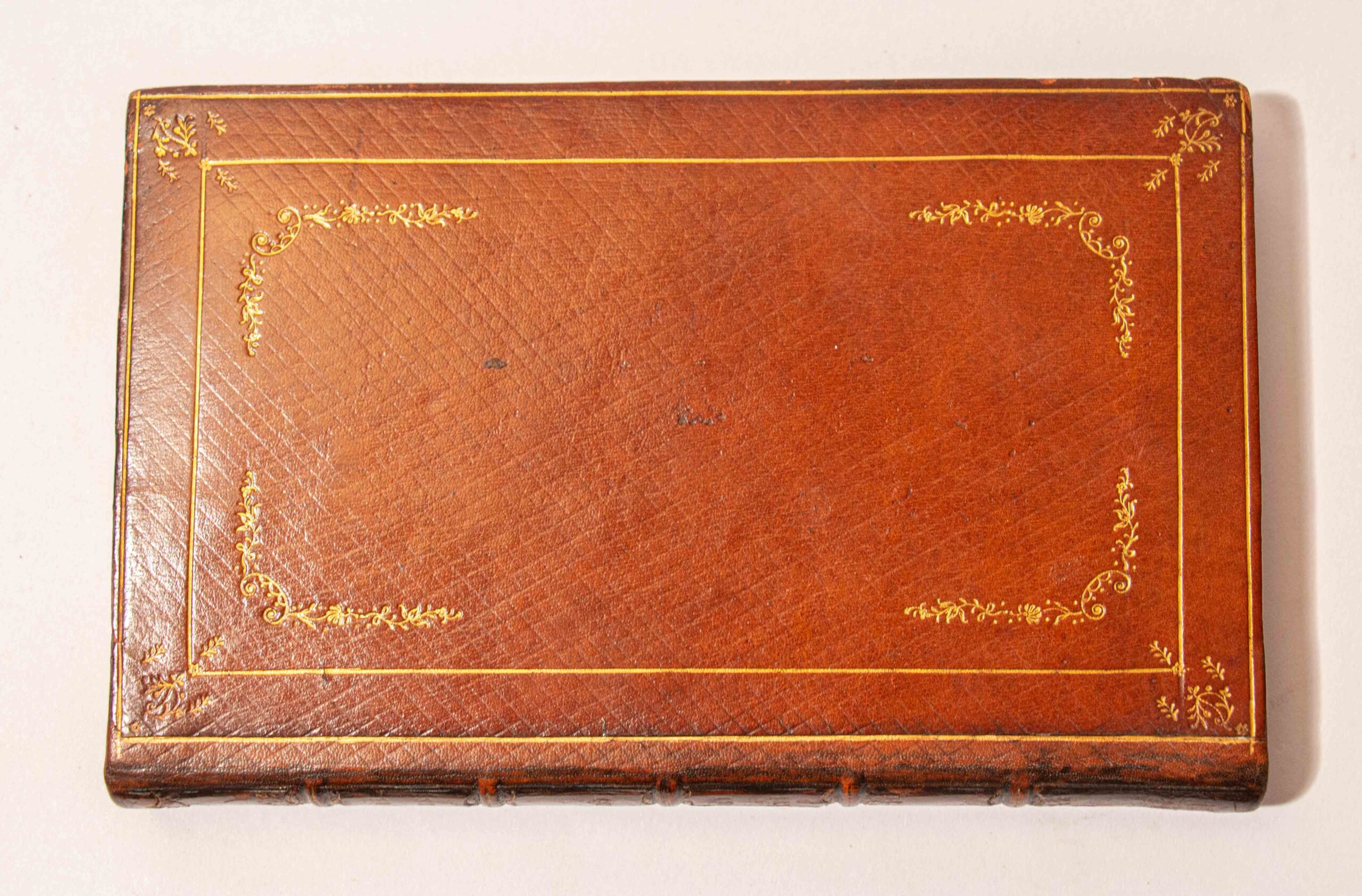
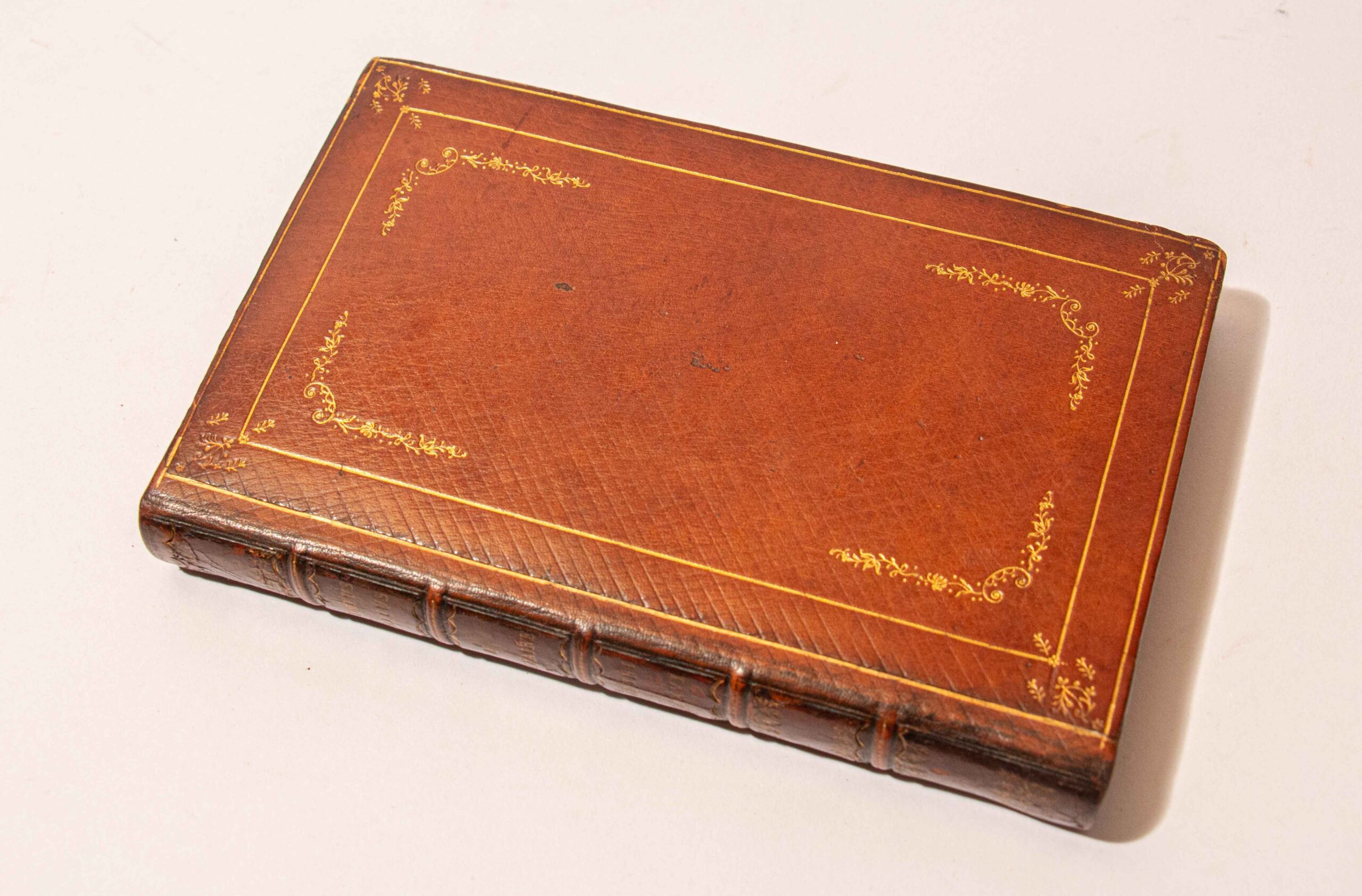
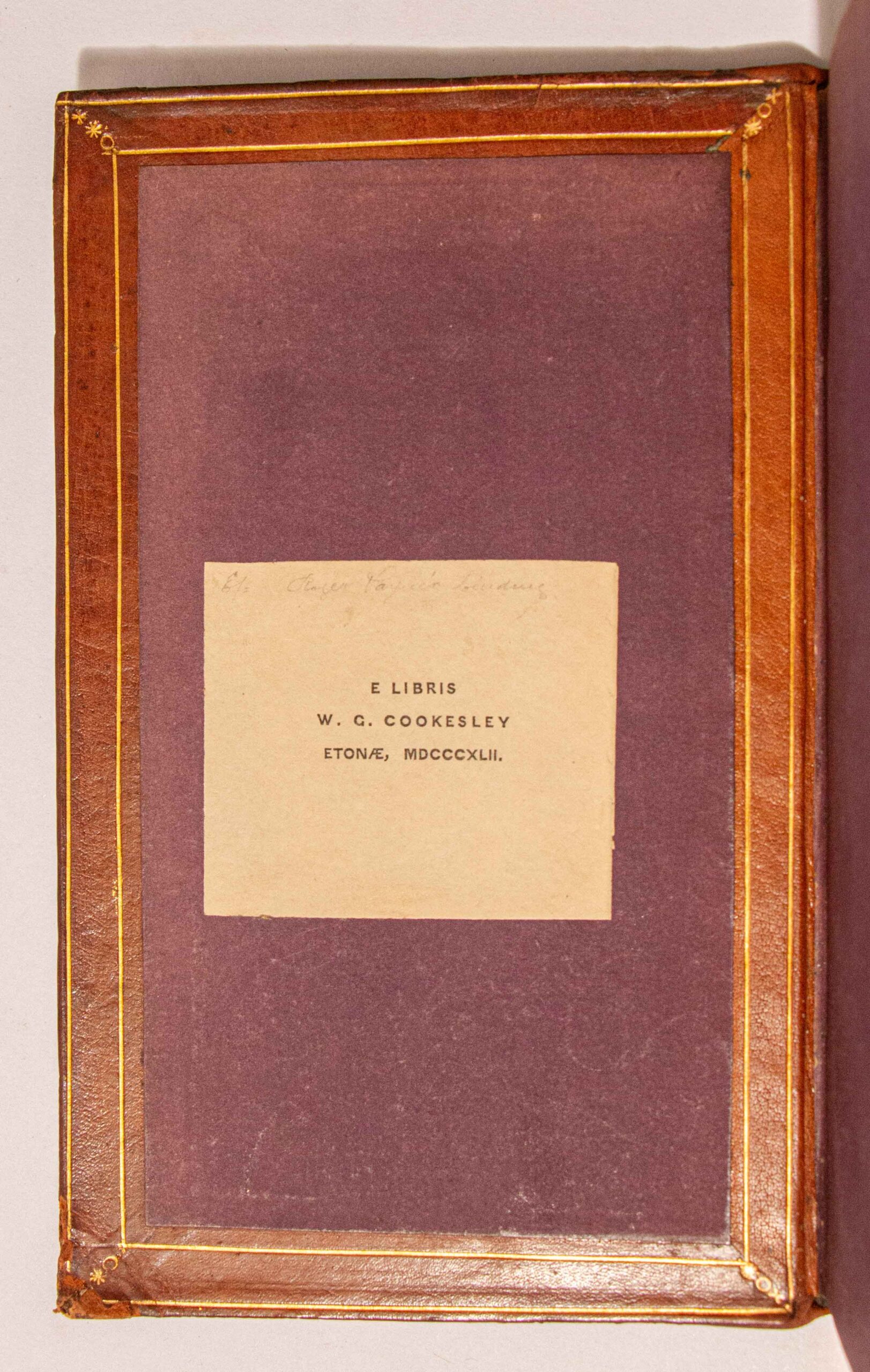
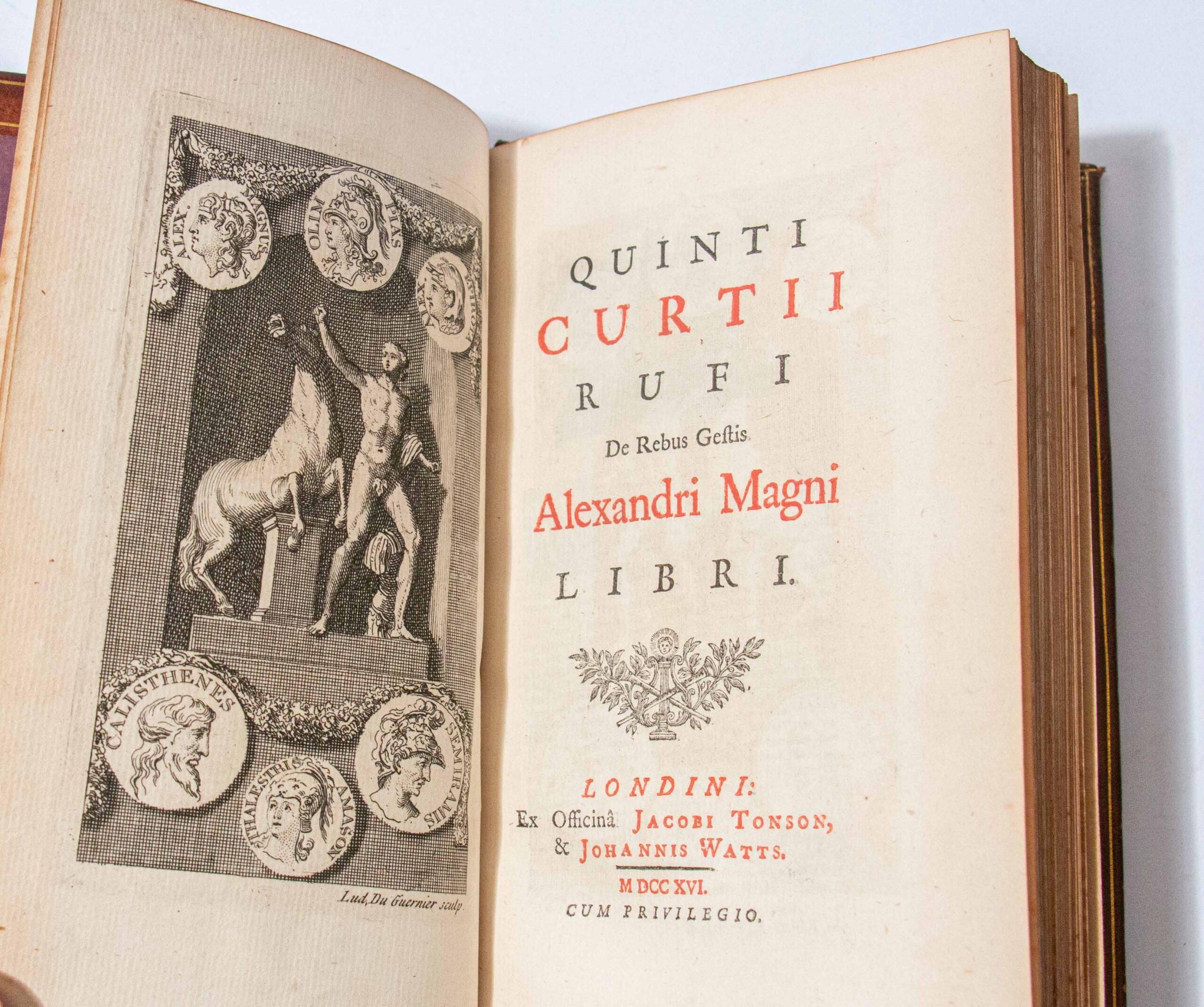
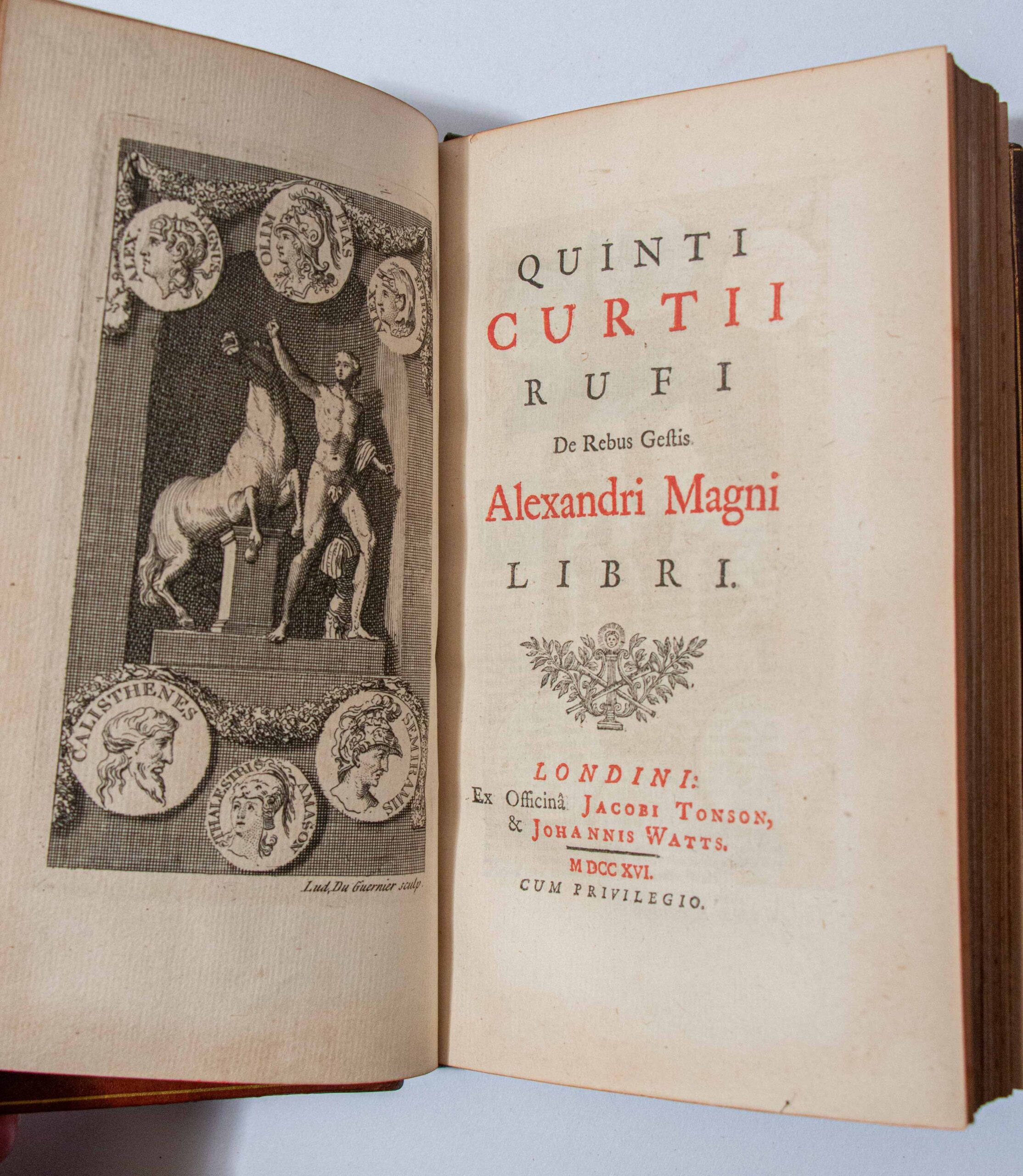
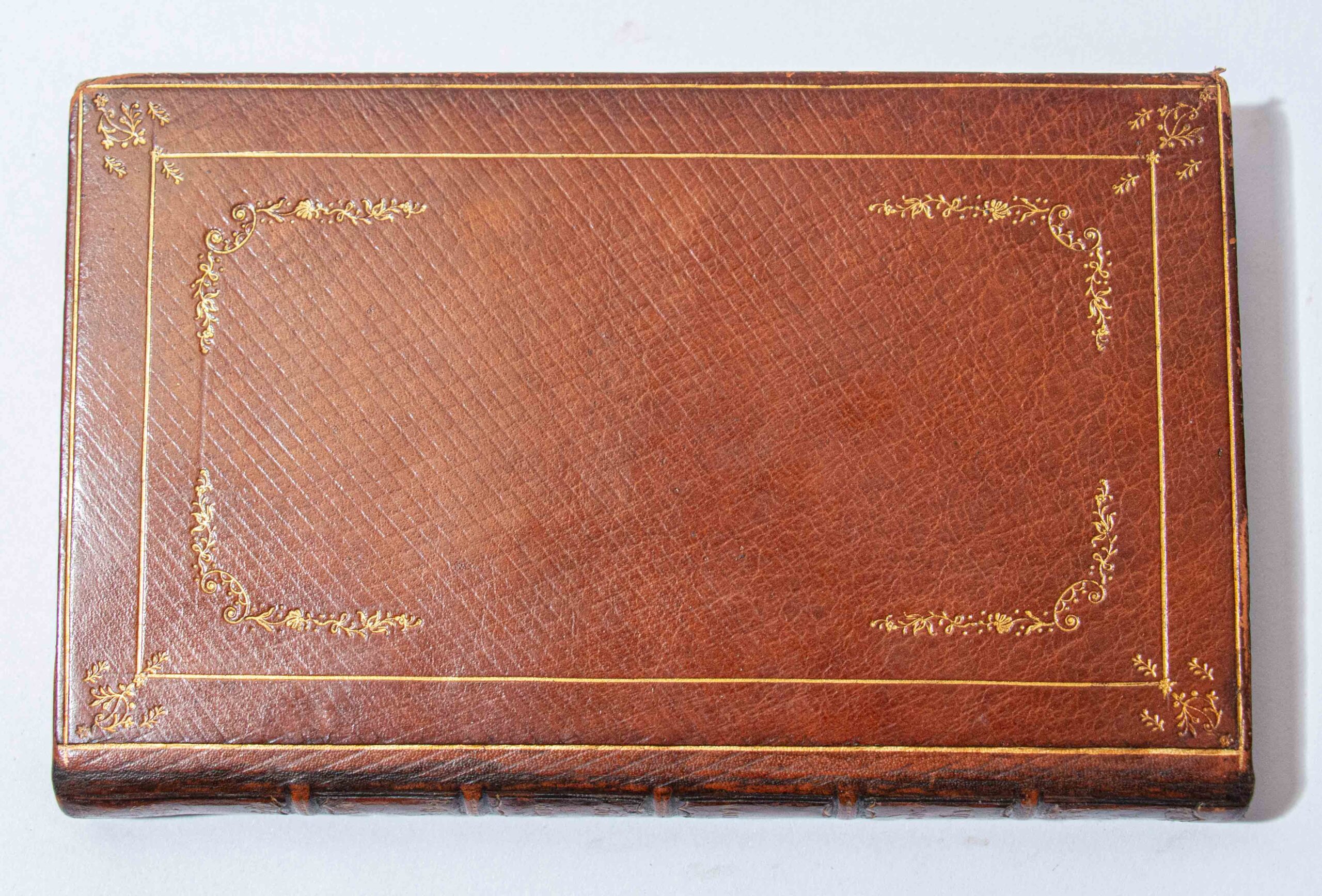
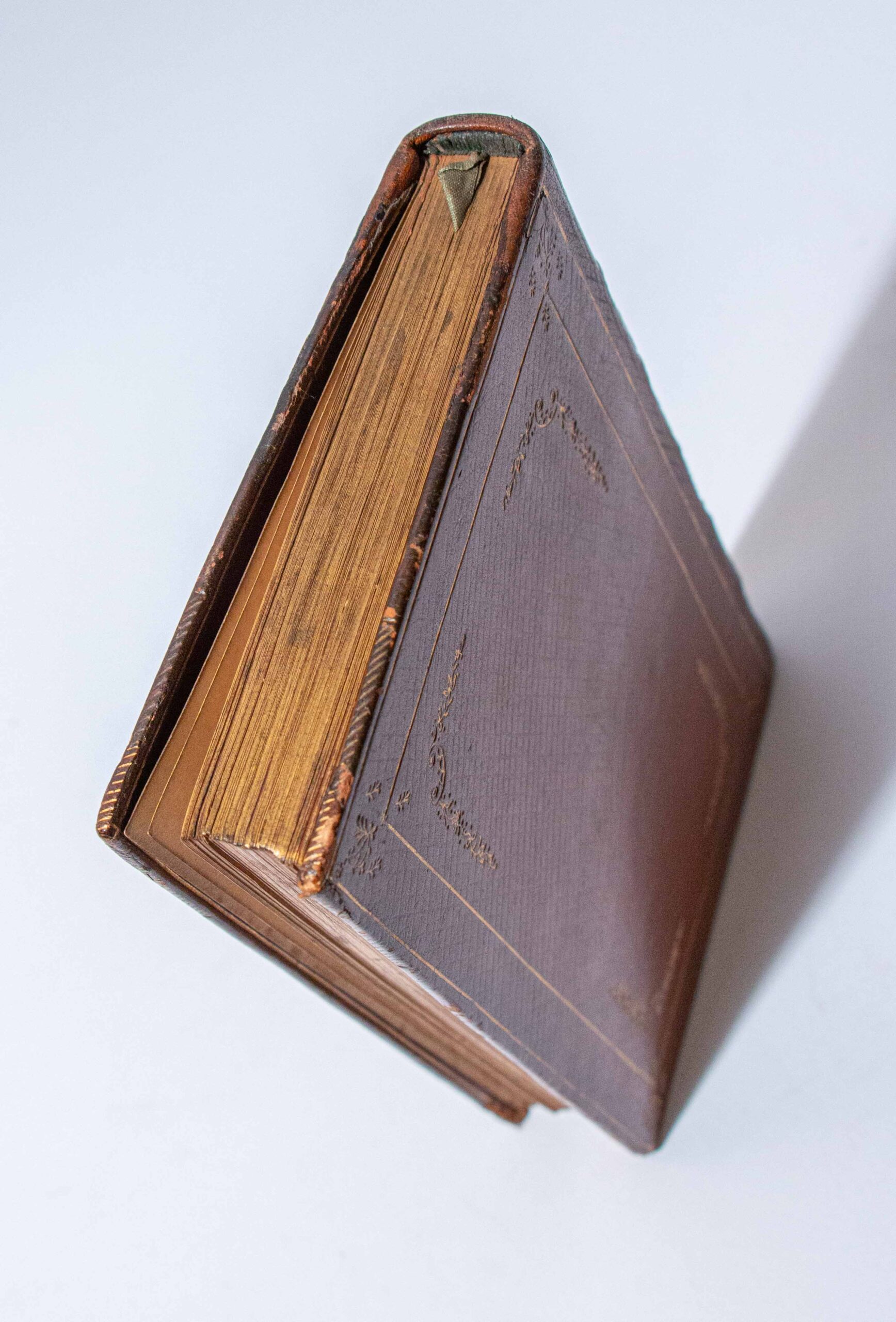
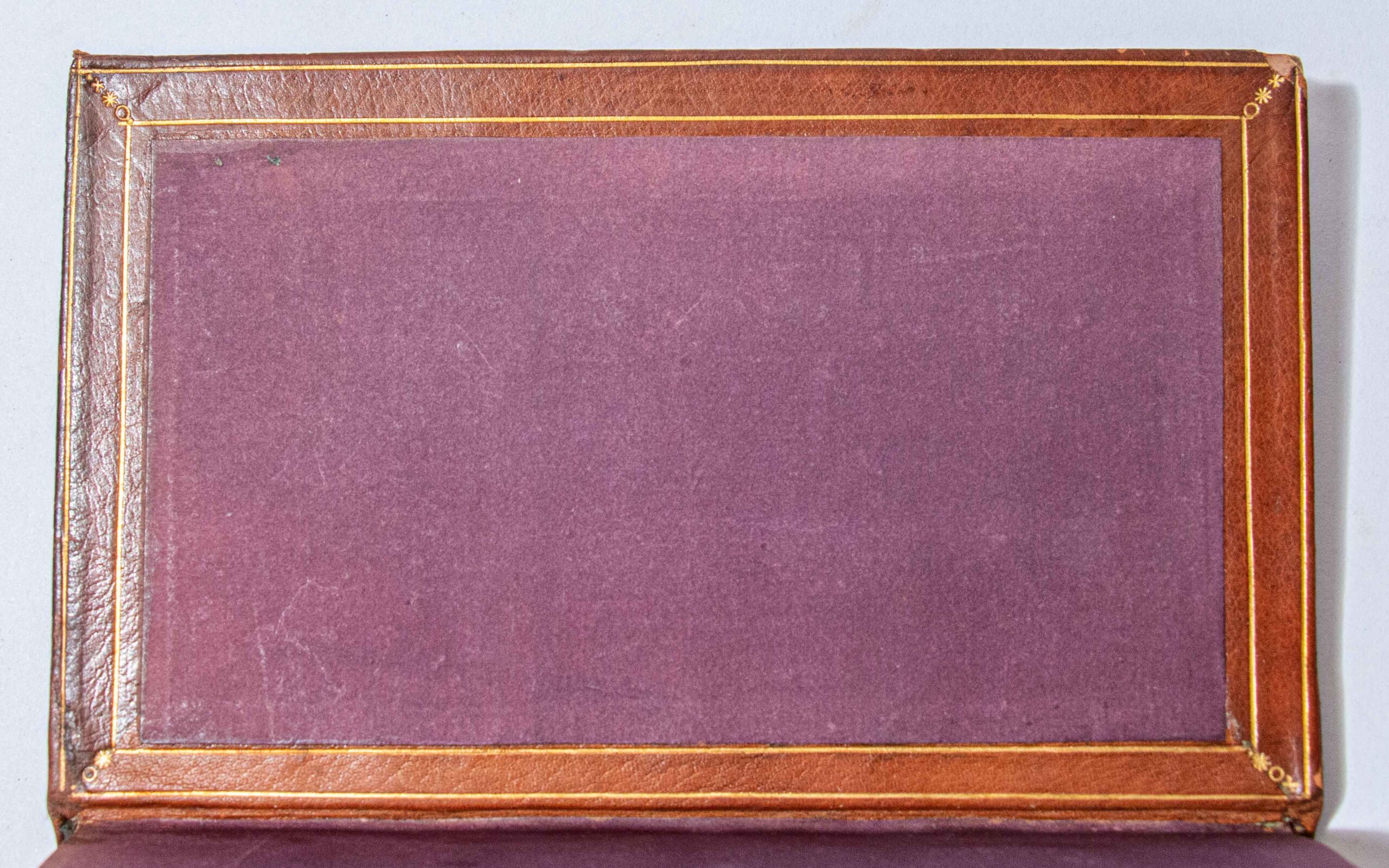
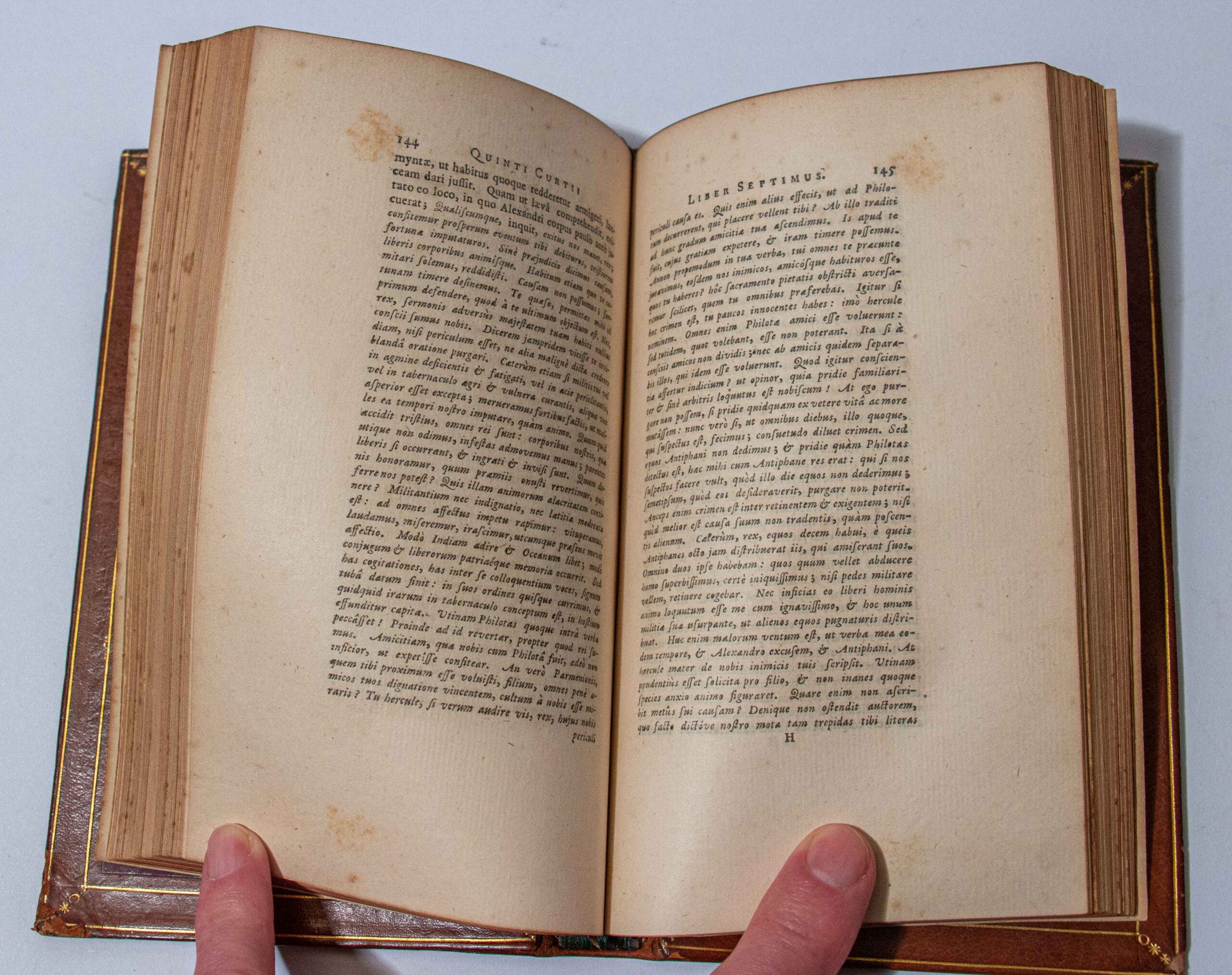

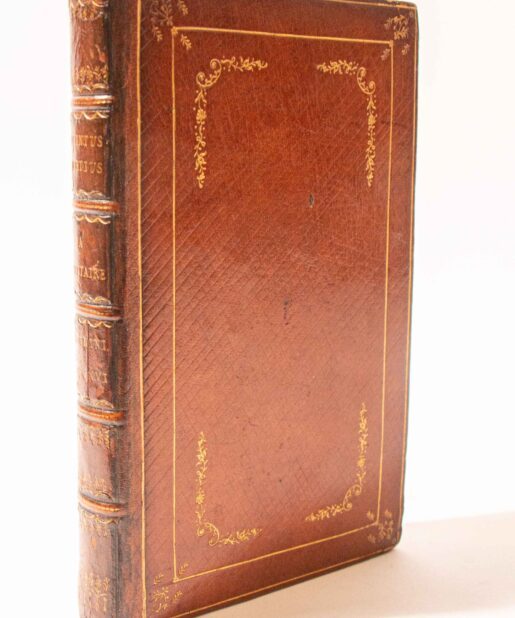
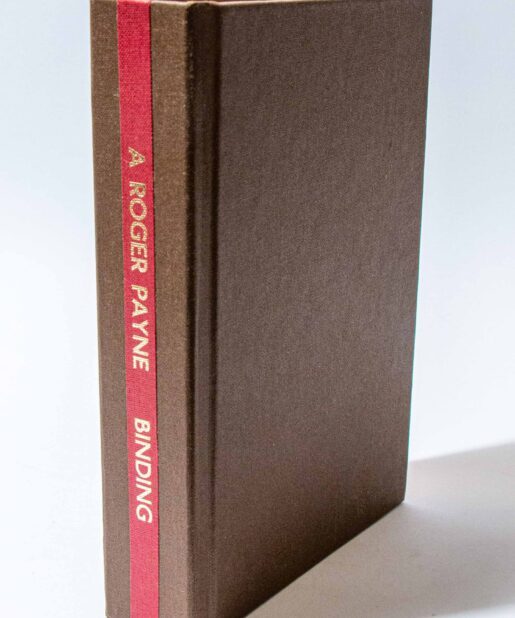
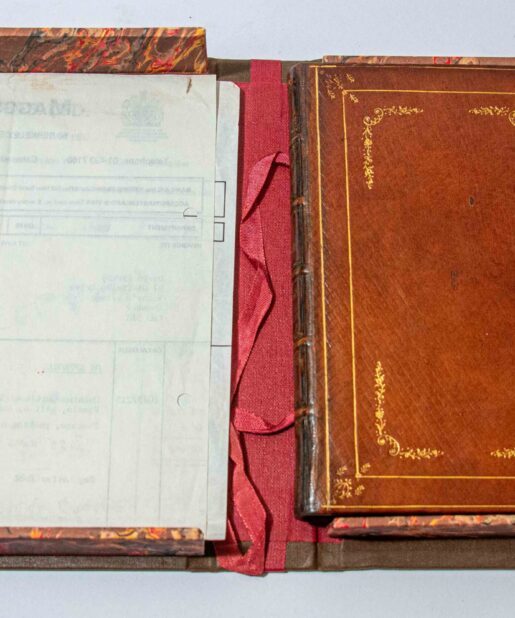
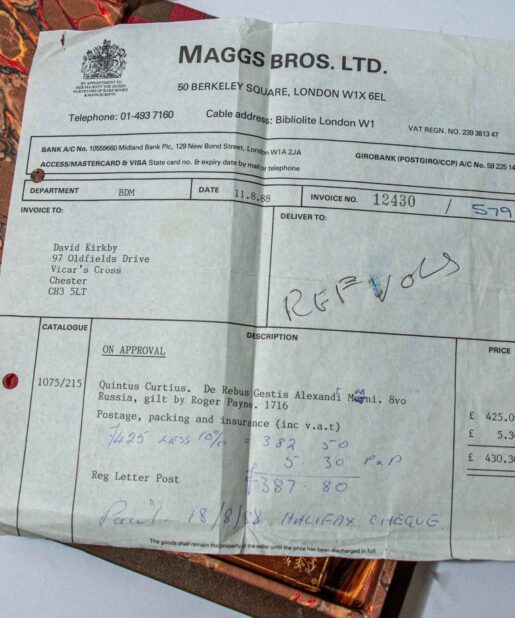
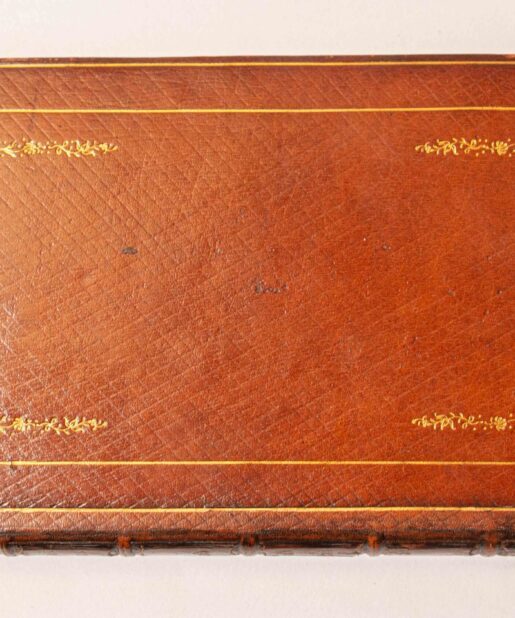
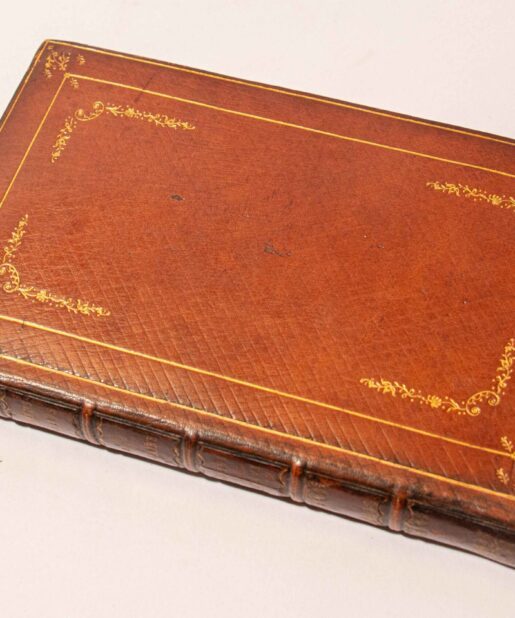
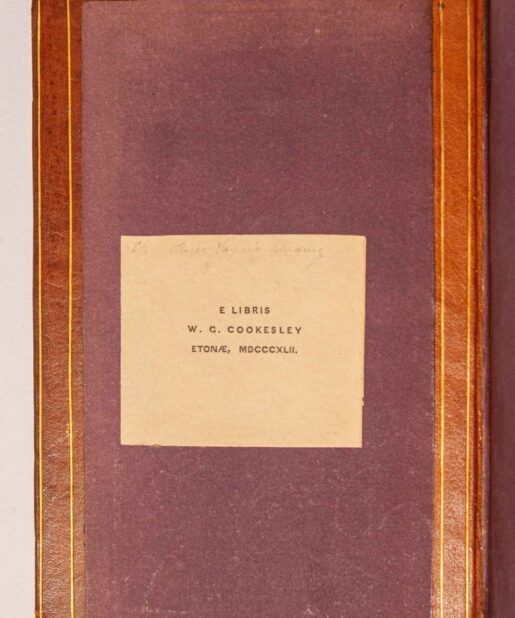
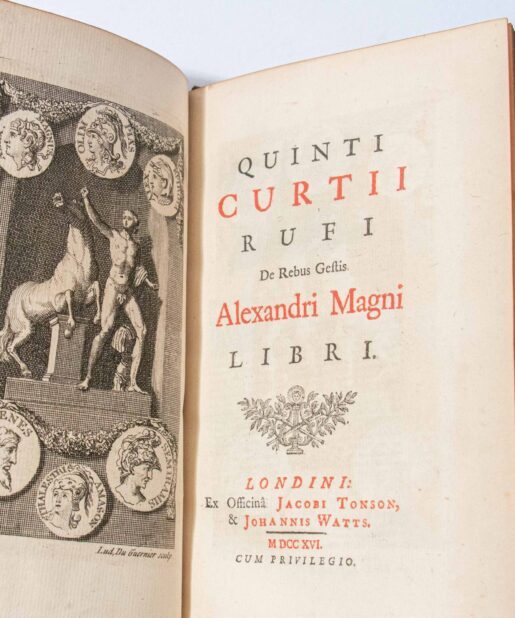
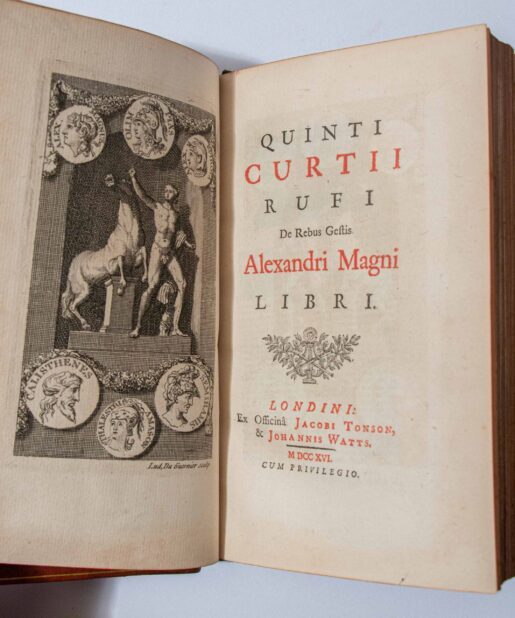
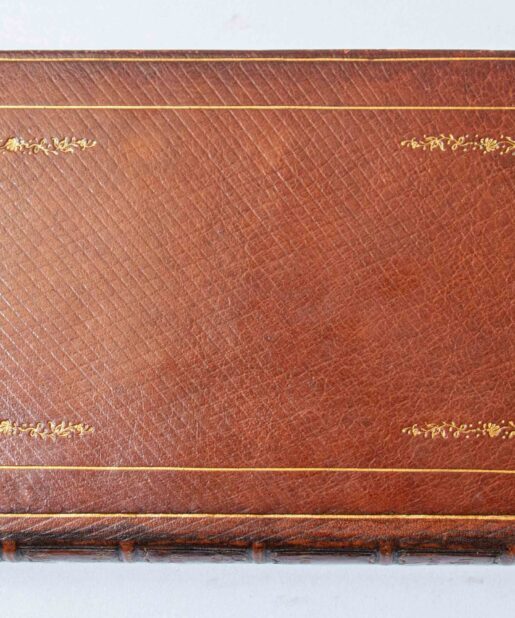
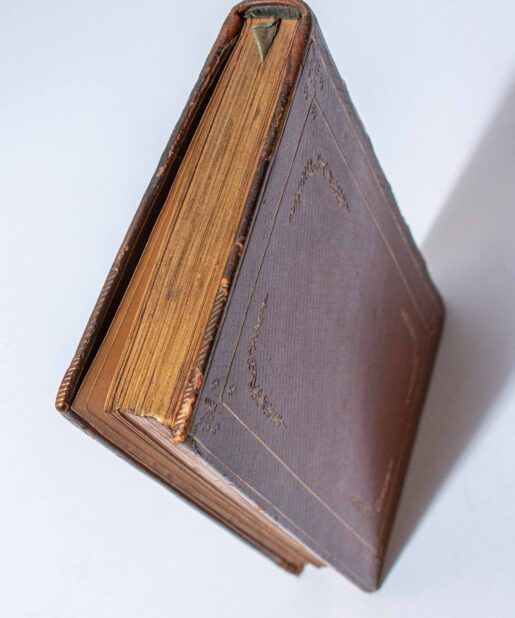
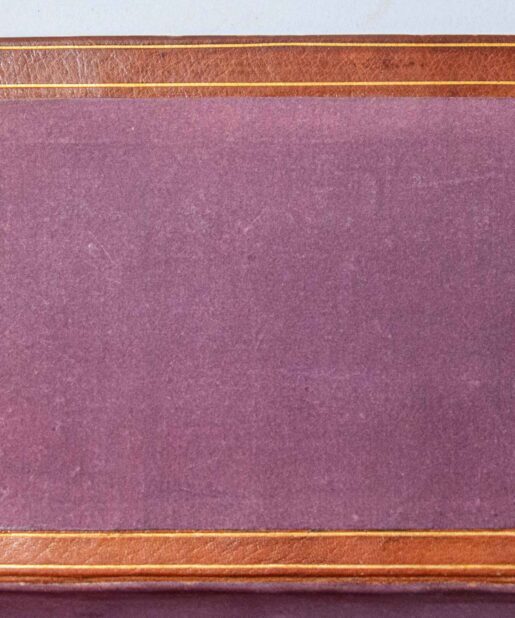
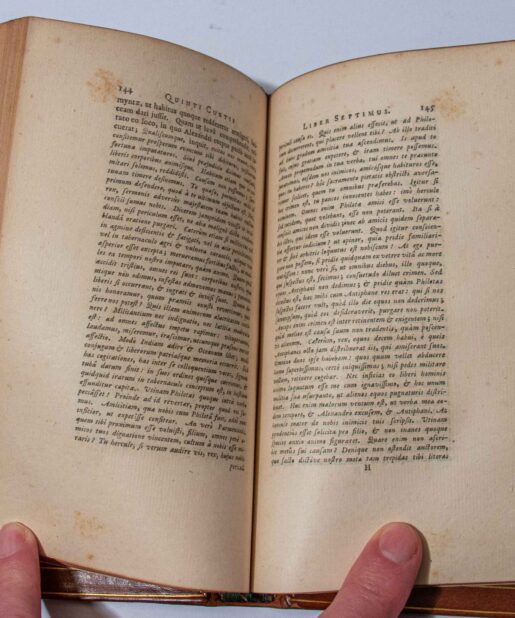
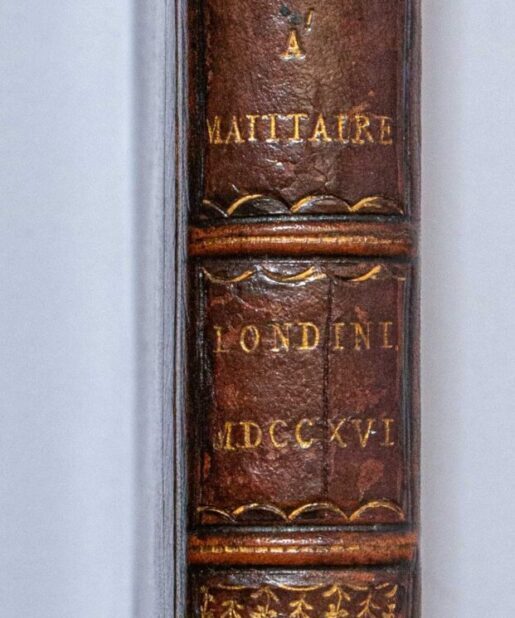
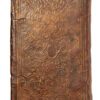
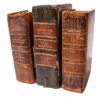
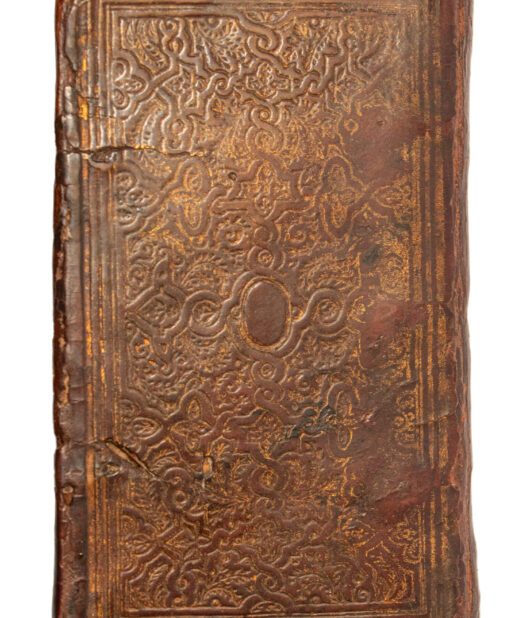
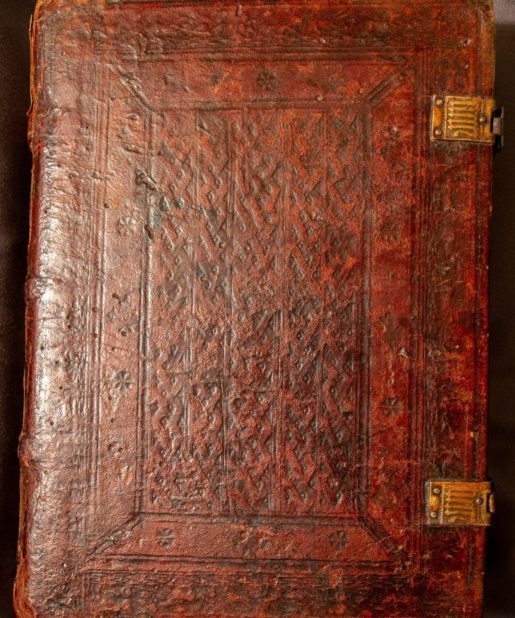
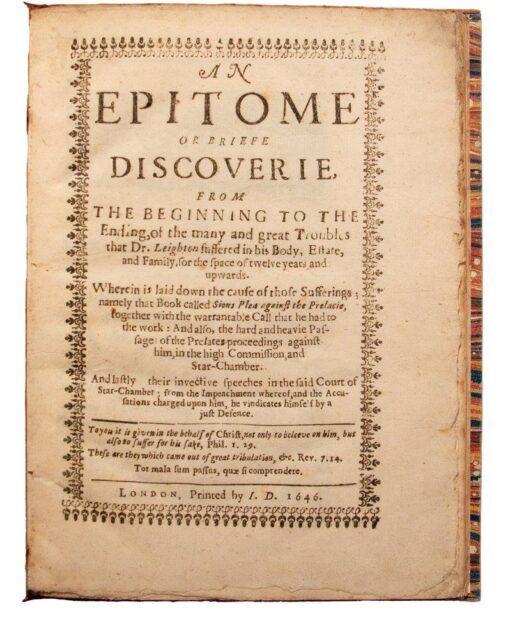
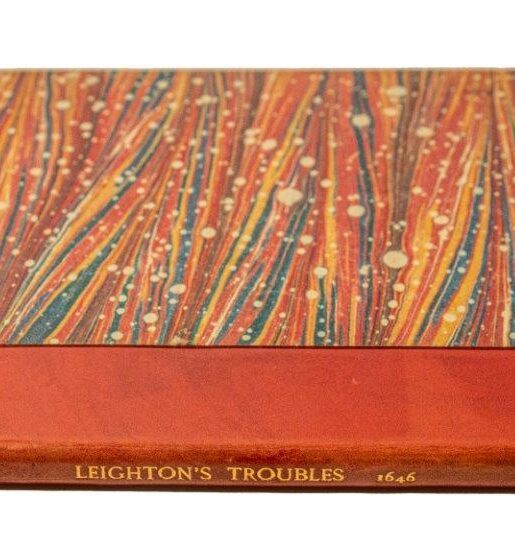
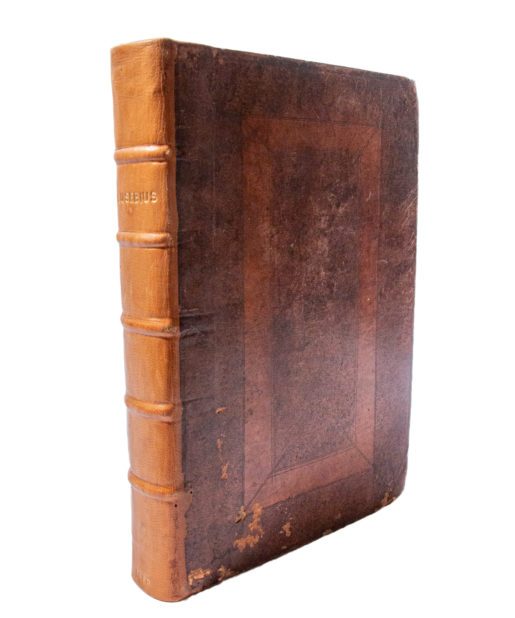
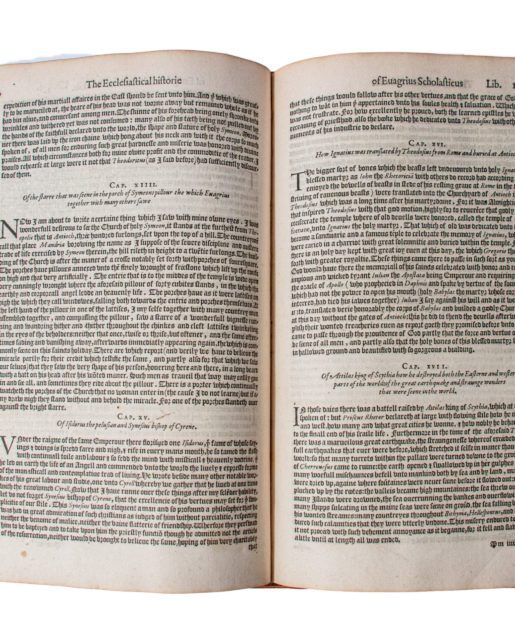
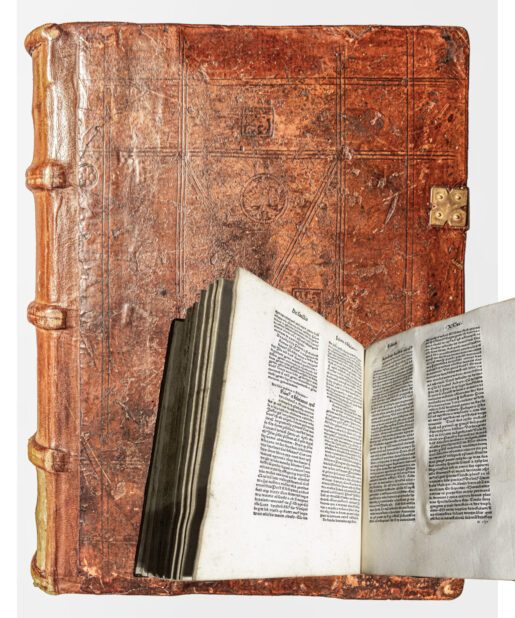
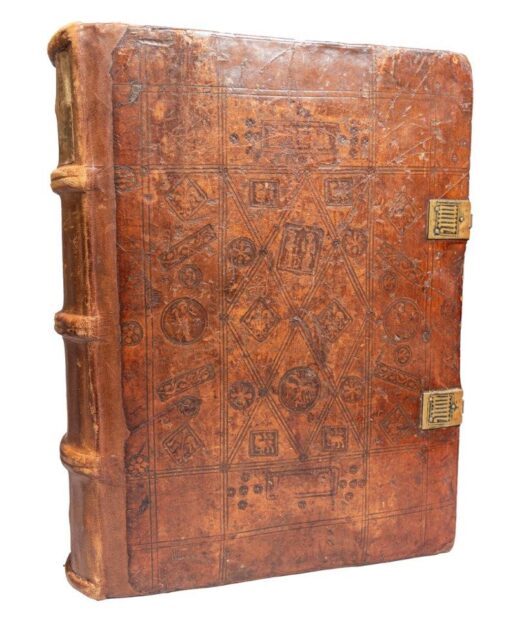
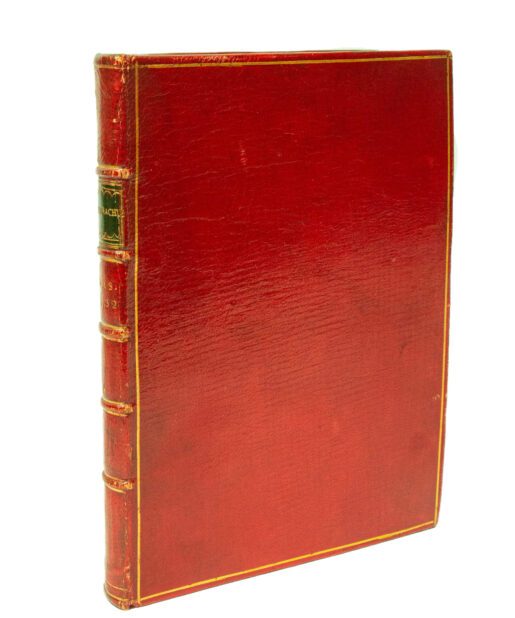
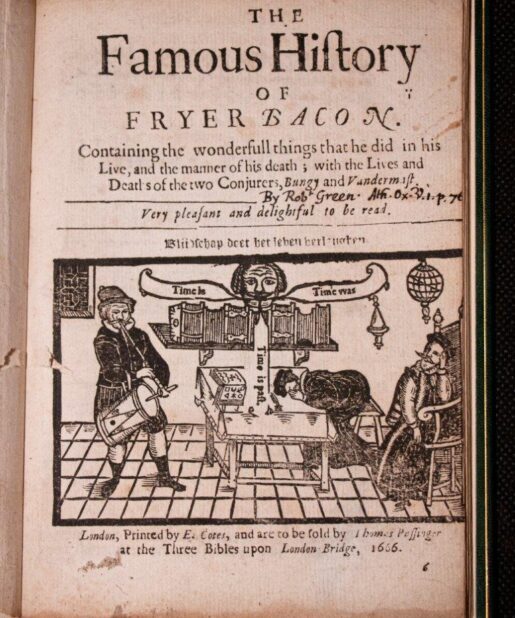
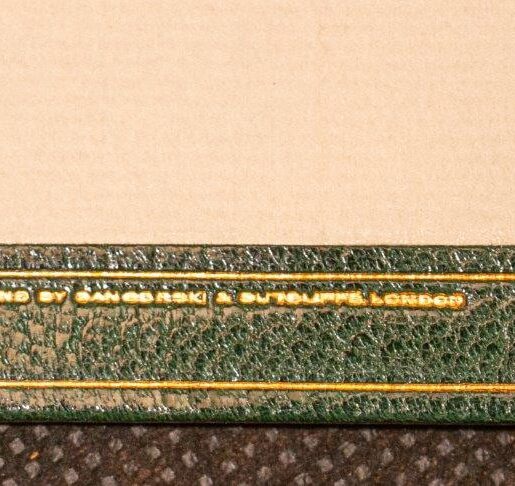
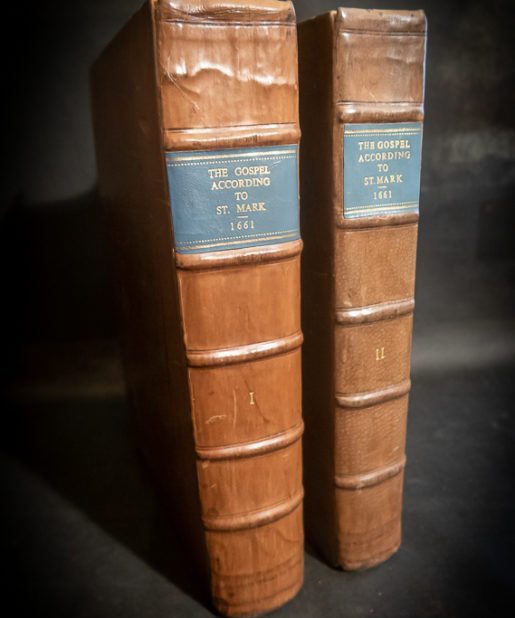
Reviews
There are no reviews yet.